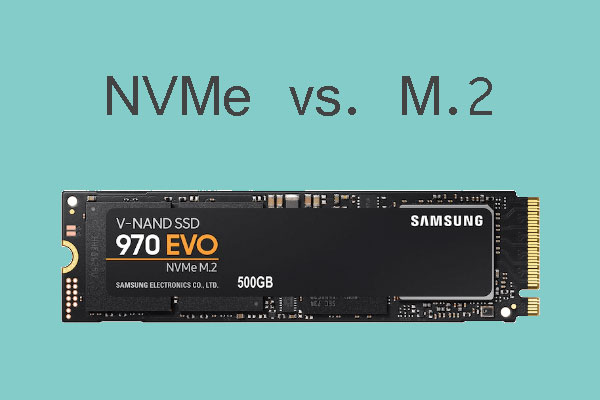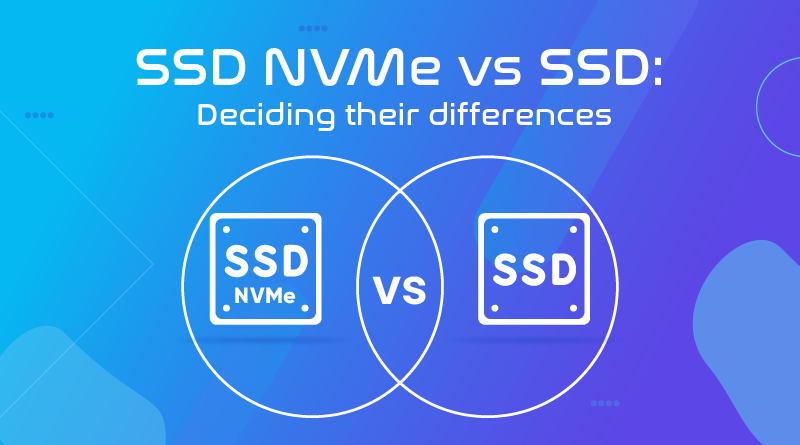Roads & PavementRoads & Pavement
Barefoot
Minimal
Low
Medium
High
Maximal
All around running shoes offer comfort and cushioning for daily runs, jogs, walks, and long mileage. They offer enough versatility for both faster and slower runs and are a great option for those who want one running shoe to do it all.
Fast run or uptempo running shoes are lightweight and responsive. They offer streamlined designs that have minimal uppers and offer a high level of energy return. These shoes are a great option for faster runs in the week or those looking for a livelier experience.
Max Cushion shoes offer premium cushioning with ample ground protection and a stable ride. These types of shoes provide abundant impact protection that softens landings while running at any pace or distance. These types of shoes are best for slower recovery runs and easy days where comfort takes priority.
Racing shoes are designed with optimal performance in mind. These types of shoes have snug-fitting uppers, energetic midsole foams, and features implemented for maximum efficiency. These types of shoes are best for runners looking to gain the ultimate advantage in races but may sacrifice some durability and comfort.
Gym Workout shoes offer a stable and versatile ride. They have a firmer underfoot feeling that provides stability for lateral movements with comfortable uppers. These types of shoes are best for trips to the gyms, cross training, casual wear, and light running. NVMe vs SATA vs M.2 SSD Storage Comparison Differences
Road running shoes feature smooth outsoles that are designed for running on paved surfaces such as roads, sidewalks, and bike paths.
Designed to handle most trail runs, these shoes prioritize comfort and a smooth ride. These shoes are great for anything from smooth singletrack, park trails, and fireroads making them ideal for those who run from their doorstep on streets before hitting the trail.
These shoes are best used for hard, rugged trails such as shale, granite or sandstone where grip on smooth surfaces and underfoot protection are important.
Designed for use in muddy, soggy conditions, these shoes feature very aggressive outsoles that dig deep into soft ground for exceptional traction.
These shoes feature technical outsoles designed to grip snowy and icy trails making them ideal for winter trail running.
Cushioning level, or stack height, refers to how much shoe is between your foot and the ground. For this category, we reference the amount of cushioning below the forefoot as the heel height will be equal to or greater than the forefoot height.
NVMe Unleashing the Power of High Speed Storage DataCore Blog
0-13mm. The Shoe generally does not have a midsole and feels like there is no cushioning. This shoe is all about feeling the ground underfoot.
14-18mm. The shoe has a thin midsole that allows for a natural running experience. Racing shoes and minimalist shoes are common here. These shoes offer a feeling of being connected to the road or trail.
19-23mm. The shoe has a slightly cushioned feel and may feature added cushioning technologies. Performance training shoes and some trail shoes are common here. These offer protection during footstrike but prioritize a lightweight, grounded experience.
24-28mm. These shoes have a stack height that fall near the middle of the spectrum.The shoes in this category are verstaile and great for all types of runs and distances.
29-34mm. The shoe has a thick midsole and ample cushioning. These shoes are highly protective and absorb more impact than the body.
35mm plus. The shoe has an extremely thick midsole and extra cushioning. The focus is on protection and soft foam underfoot with hardly any ground feel.
Neutral shoes support the foot through a normal range of arch collapse and generally do not have a built-in technology to correct movement.
Stability shoes are a great option for those who overpronate or need added support. These shoes help to limit the inward rolling motion of the ankle while running or walking and assist in guiding the foot straight through the gait cycle. NVMe vs M.2 Bus Interface and Protocol MiniTool Partition Wizard
Product Details:
SSD NVMe Vs SSD Deciding Their Differences MilesWeb hotsell, NVMe Speed vs The Latest SSD Drives hotsell, NVMe vs M.2 Bus Interface and Protocol MiniTool Partition Wizard hotsell, NVMe Unleashing the Power of High Speed Storage DataCore Blog hotsell, NVMe vs SATA vs M.2 SSD Storage Comparison Differences hotsell, NVMe M.2 SSD vs SATA III SSD vs 7200RPM HDD s RAID0 r overclocking hotsell, NVMe vs SSD How Are They Different hotsell, NVMe SAS and SATA Dell Technologies Info Hub hotsell, NVMe vs SSD 6 Difference you MUST know TechLunar hotsell, NVMe vs SSD vs HDD explained Contabo Blog hotsell, 2 Types of M.2 SSDs SATA and NVMe Kingston Technology hotsell, NVMe SAS and SATA Dell Technologies Info Hub hotsell, HDD vs NVMe Drives What are the difference and which is better hotsell, M.2 SSD vs. SATA SSD Which One Is Suitable for Your PC hotsell, NVMe vs. NAND Technologies Understanding the Basics NVM Express hotsell, NVMe vs. SSD What s the difference Digital Trends hotsell, What is a NVMe M.2 SSD and How Fast is it hotsell, M.2 NVME SSD vs Sata SSD vs HDD Windows boot times and games load times hotsell, SSD Performance PCIe NVMe vs SATA Interface ASI Partner hotsell, NVMe vs SSD How They Differ in Performace Speed and Price hotsell, NVMe vs SSD vs HDD Overview and Comparison Unihost.FAQ hotsell, Multi user NVMe IP muNVMe IP PCIe Gen4 IP cores introduction hotsell, NVMe vs SATA vs M.2 What s the Difference Between These SSDs hotsell, NVMe vs. M.2 vs. SATA SSD What s the difference PCWorld hotsell, M.2 NVME vs. SSD vs. HDD Test in 2020 hotsell, Magnetic Hard Drive vs. SATA SSD vs. M.2 NVMe hotsell, PCIe vs NVMe What s the difference Simms International hotsell, NVMe vs SSD vs HDD Wigston Computers hotsell, M.2 SSD Vs SATA SSD VS HDD External Hard drives What is the hotsell, NVMe vs SSD vs HDD explained Contabo Blog hotsell, NVMe vs. M.2 vs. SATA What s the Difference hotsell, Explaining the Difference Between SSD NVMe and M2 SATA and mSATA hotsell, NVMe vs. M.2 Drives Which SSD Is Right for You hotsell, NVMe vs SSD vs HDD Performance hotsell, NVMe vs. M.2 vs. SATA SSD What s the difference PCWorld hotsell, NVMe vs SATA What is the difference Kingston Technology hotsell, NVMe vs SSD What s The Difference hotsell, Benchmark NVMe PCIe 3.0 x4 vs SATA SSD hotsell, SSD vs HDD vs NVMe Which drive should you buy Dexerto hotsell, NVMe vs SSD vs HDD Overview and Comparison Unihost.FAQ hotsell, NVMe vs. SATA vs. M.2 SSD Explained What s the Differences hotsell, HDD vs NVMe Drives What are the difference and which is better hotsell, NVMe SSD vs. SATA SSD vs. HDD SabrePC Blog hotsell, NVMe vs SSD vs HDD NetWeaver hotsell, NVMe vs SSD How to Choose the Best Storage for You SalvageData hotsell, NVMe vs. SATA It s Time for NAND Flash in the Fast Lane hotsell, NVMe vs SSD vs HDD explained Contabo Blog hotsell, NVMe vs. SSD Which Is Better Performance Form Cost hotsell, NVMe vs SATA A Detailed Comparison Guide hotsell, NVMe Vs SSD 17 Key Differences To Know hotsell, Product Info:
Nvme v ssd hotsell.
- Increased inherent stability
- Smooth transitions
- All day comfort
Model Number: SKU#7381794




